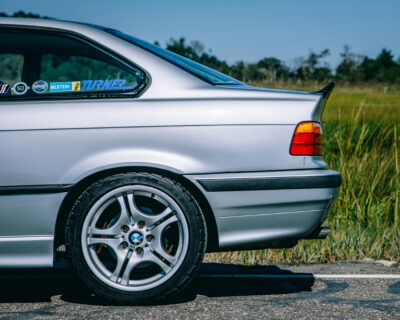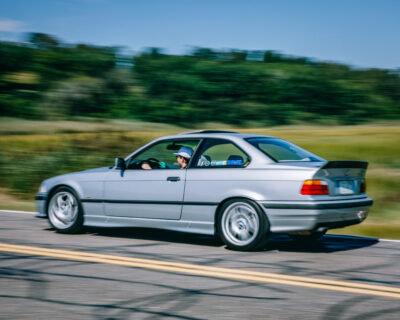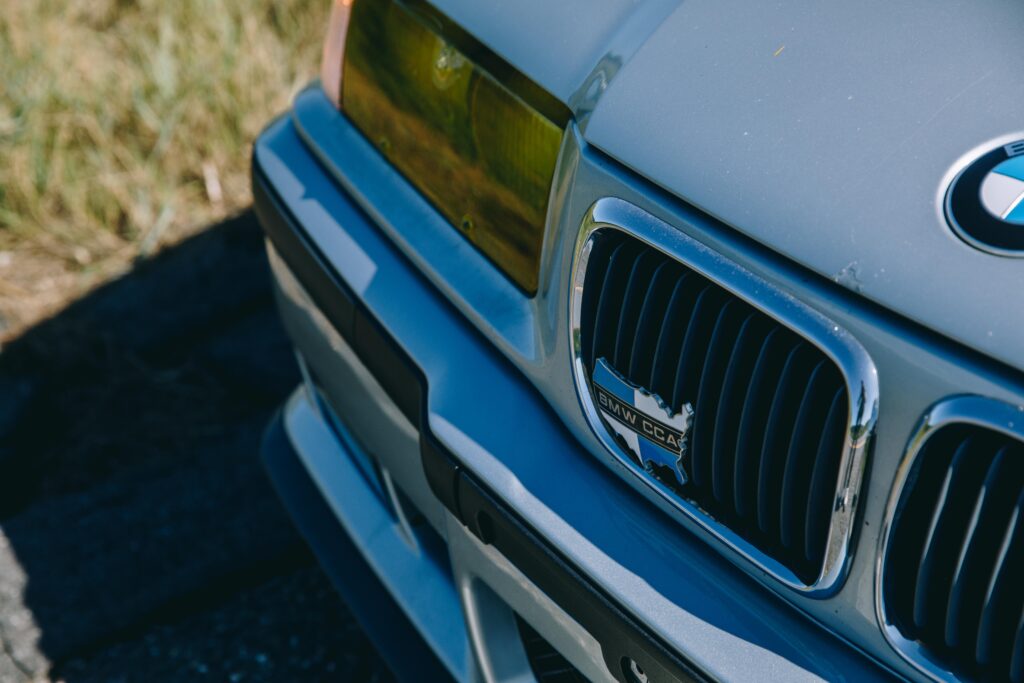The manual transmission—seemingly a rarity nowadays, manual gearboxes have become a fixture of enthusiast-focused automobiles. With super-fast and more performant modern automatic transmissions taking over the market, manuals are truly for the sake of driving. They may not be faster or easy to use in traffic, but they are designed for enjoying that twisty back road on the other side of town. The reward of rowing your own gears, nailing downshifts, or just slotting the lever from one gate to the next is addicting.
Because so many of our favorite cars are only offered in automatic, manual-transmission conversions are becoming more and more common. In the BMW community, one of the most common swaps is the E46 M3 SMG-to-manual conversion. SMG is short for Sequential Manual Gearbox” and was BMW’s offering to bridge the gap between automatic and manual. The first iteration, SMG I, was a Euro-only option, but the second generation, SMG II, came to the U.S. in SMG-optioned E46 M3s. Using a computer-controlled electrohydraulic clutch and gear change operation, the SMG is a proper manual under the covers, but still provides automated shifting for the driver.
Requiring few parts and a bit of knowhow, it is relatively easy and fairly common to convert the original SMG shift actuation, over to three pedals—no new transmission required. Other vehicles in the BMW lineage aren’t so lucky. Like traditional torque-converter automatic-equipped vehicles, later SMGs, like the one found in the E60 M5, need a whole new transmission for the three pedal setup. Undeterred, more and more techs are being challenged with installing three pedals into cars that didn’t come from BMW with them.
While I’ve driven a couple of engine-swapped cars, driving a BMW with a transmission swap was new for me. My friend Jimmy McCarriston—you may remember his E92 Coupe—has acquired a more dedicated “driver’s car,” an E36 328is. While the 328is was originally offered from the factory with a five-speed manual, this example left the assembly line with an automatic. As it moved through its life shifting for its operator, it arrived at its previous owner who was after a more involved driving experience.
This previous owner, a BMW master tech, ripped out the old automatic and stuffed in a five-speed-manual transmission from an E39 530i, transforming this boring automatic daily, into a proper “Ultimate Driving Machine.” On the surface, the swap seems pretty simple: 1) Remove Automatic, 2) Install Manual. However, when you look into it, there’s much more going on than just that. Clutch lines need to be run, the pedal needs to be installed, the new transmission has to fit (with a clutch and a flywheel), a new driveshaft needs to be sourced, and, what about the diff? I’m not a mechanic by any means, but that sounds pretty tricky to me.
Complexities of the swap aside, what is this thing actually like to drive? For this, I returned to one of my favorite places to explore a new car, Ipswitch, Massachusetts. Ipswitch, which has also been the setting for my Mini Clubman and Z3M Roadster reviews, offers lovely backroads, tons of beautiful scenery, good food and drink, and plenty of fun corners to carve. So, what’s this BMW-parts-bin, Frankenstein E36 like to drive? Honestly, like a stock manual-equipped E36. Because this chassis and drivetrain came in a manual configuration in other cars, the new five-speed feels completely unexciting—and that’s a compliment. Clearly, the previous owner who did the swap cared, because the car feels so well put together. Aside from the heavy clutch and lightweight flywheel, I would never have guessed the drivetrain wasn’t original. However, when I set off, I did notice one thing that felt slightly unfinished and that’s the differential.
While the automatic transmission was swapped out for a five-speed, the rear differential is still in the car. Those original gear ratios provide some thrilling around-town driving. With the gears so close together, the one-two and two-three shifts go by quickly. On the backroads, it was perfect. I was living between third and fourth gears, which coincidentally, is the most rewarding and intuitive downshift/upshift pattern. But for getting to those backroads, specifically via highway, it’s not so great. Cruising between 70 and 75 mph, the car sits at 4,200 rpm—not ideal for extended drives. But, what is sacrificed in highway comfort, you make up and more in the twisties.
The E36 chassis is such a blast. With a refreshed suspension, this car easily attacks corners with almost zero body roll. It truly feels like it’s “on rails.” Through the drive, I kept building my confidence and relationship with the chassis. While it doesn’t feel all that much smaller than the E46, it does feel quite a bit lighter and largely more intuitive. I found that the car rotates a bit more predictably than other 3 Series generations that I’ve driven, but what I really loved was the front end. It dove effortlessly into initiation—incredibly point and shoot. Between the combination of the dart-y front end and the intuitive rotation of the chassis, I could have thrown this little Bavarian masterpiece around corners all afternoon. This entire experience was heightened by that manual-transmission-swap short gearing.
Stepping away from the car, I couldn’t help but think how well balanced the chassis is, but also how held back that original owner would have been with the automatic. During my time with this 328is, the chassis felt almost excited to get strung out and worked a bit. With a gear lever in your hands, you’re making all the decisions and you get so much more control and so much more enjoyment out of the car. It feels “right.” Sure, sitting in traffic with that heavy clutch would be tough, and, yes, highway driving is annoying due to the rear differential gear ratio, but I know which version I’d rather enjoy on a quiet Sunday morning. —Tucker Beatty


























